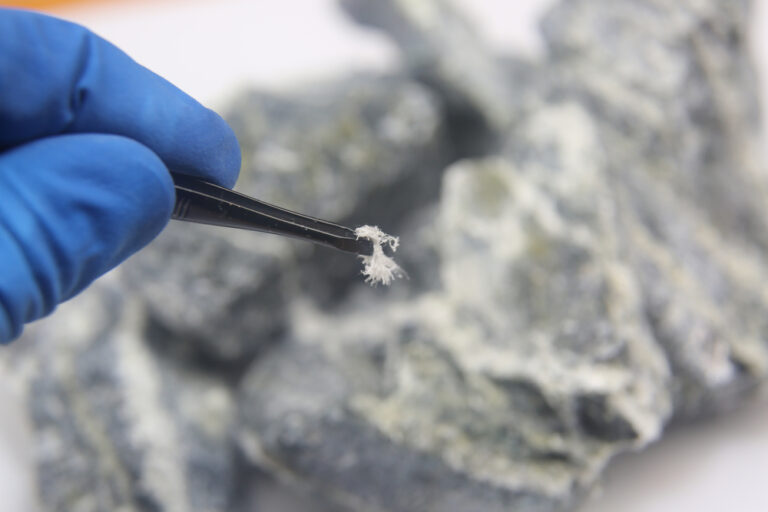The EPA recently announced its final rule requiring reporting on all six fiber types of asbestos. Issued under Section 8(a) of the Toxic Substances Control Act (TSCA), the rule requires asbestos manufacturers (including importers) and processors to report certain use and exposure information from the past 4 years, including information on asbestos-containing products (including as an impurity).

“We know that exposure to asbestos causes cancer and other serious health problems that still result in thousands of people dying every year, and today we’re continuing our work to protect people from this dangerous chemical,” said Assistant Administrator for the Office of Chemical Safety and Pollution Prevention Michal Freedhoff in an Agency news release. “We’ve already proposed to ban chrysotile asbestos, and the data we’ll receive from this final rule will help us to better evaluate and address the health risks from the remaining uses and types of asbestos.”
The rule requires manufacturers (including importers) or processors of asbestos between 2019 and 2022 with annual sales above $500,000 in any of those years to report exposure-related information, including quantities of asbestos manufactured or processed, types of use, and employee data. Importantly, the rule also covers asbestos-containing products (including products that contain asbestos as an impurity) and asbestos that’s present as a component of a mixture. Manufacturers (including importers) and processors subject to the rule will have 9 months following the effective date of the final rule to collect and submit all required information to the EPA.
“Companies must electronically report to EPA during a three-month period, which will begin six months following the final rule’s effective date,” Beveridge & Diamond PC says. “This means the reporting window will open on February 24, 2024 and end on May 24, 2024. Companies will therefore have up to nine months following the effective date to collect and submit all required information using EPA’s Central Data Exchange, the agency’s e-reporting portal.”
The rule requires people reporting under the rule to maintain records for 5 years. That time period begins the last day of the submission period. The records must be available to EPA officials, which includes providing copies, upon request.
“The American Chemistry Council (ACC) is calling on EPA to reconsider the rule, stating that it will be unworkable without a de minimis threshold of 1% or higher,” Beveridge & Diamond continues. “ACC does not agree with EPA’s reasoning that a threshold would not satisfy the agency’s data needs, since the ACC argues that companies are unlikely to have any information on the presence of asbestos impurities below 1%. On the other hand, the Asbestos Disease Awareness Organization (ADAO) was disappointed that EPA did not adopt a number of its recommendations, including a 10-year lookback period instead of the four years EPA settled on, as well as reporting updates and submission of data on releases of asbestos to the environment.”
“EPA intends to use data collected through this reporting rule to help inform future actions involving asbestos, including the ongoing risk evaluation for ‘legacy uses’ of asbestos (part 2) and potential future risk management activities resulting from that risk evaluation under TSCA,” the Agency press release adds. “Additionally, EPA’s completed risk evaluation of ongoing chrysotile asbestos uses (part 1) included uses where asbestos may be part of a product, like brake blocks and gaskets. This rule could help identify other products that contain different types of asbestos.”